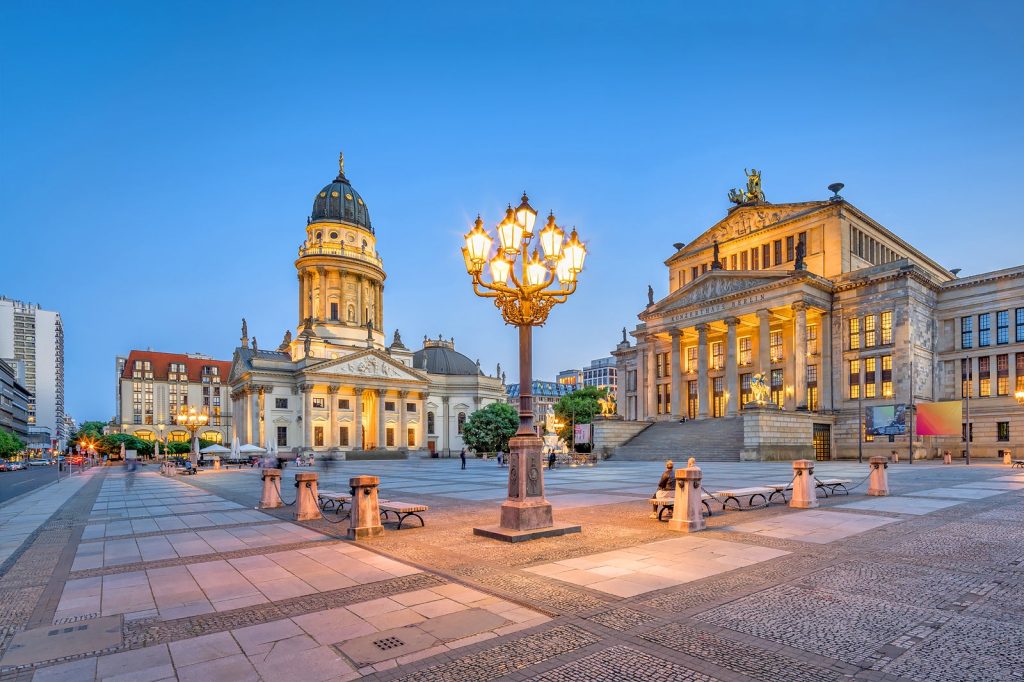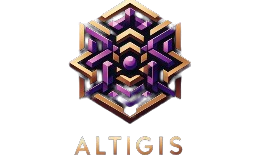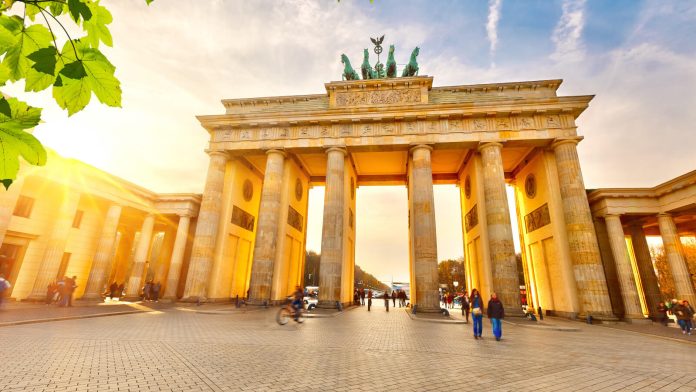Berlin is the city with the largest population of Turkish citizens outside the country’s borders. Berlin, the capital of Germany, has been hosting the increasingly professional ‘Spirit of Istanbul Festival’ for four years. With spring, festivals come one after another, not only in our country but also in Europe. Spirit of Istanbul Festival was held in Berlin as we welcomed the month of April. Turkish food sweetens everywhere, Turkish songs make people happy and the scent of anise declares its dominance.
Kreuzberg inside Berlin is like a small Turkey… Raki Festival was held under the name of ‘Spirit of Istanbul’ in this region where you can live comfortably even if you do not know a word of German. Do not think of the festival as an event to relieve longing for Turks, because most of the participants are German. Berlin Arena, with a capacity of 10 thousand people, was the host of the festival. From shakshuka to tarator, from kashir to shish kebab, many delicacies that will be among our must-haves when it comes to Turkish cuisine were presented to the participants. Our famous Michelin star chef Serkan Güzelçoban cooked the meals. So how to explore Berlin? Where to go in Berlin? Here is a guide to discovering Berlin in 10 steps…
Let’s Plan Your Berlin Holiday Together
I went because of the festival, but I must admit that I missed the texture of Berlin. It was good to relive the city, remember it and breathe its atmosphere. On my return, I wanted to prepare a Berlin article in the heat of the moment and asked myself for you: How to discover Berlin in 10 steps? Here is the answer!
Kurfürstendamm Street
This main street in Berlin, called Ku’damm for short, is also the center of the city. Pay special attention to the Kaiser Wilhelm Church, because this structure, which was the target of bombs in 1943, is not being restored so that the bitter side of the war will never be forgotten. The statue showing the period when Berlin was divided into two is among the things you will see on the street.
Parliament Building
Originally known as Reichstag, it is one of the most famous buildings in Berlin. The financing of the building, which was built in 1894, was provided by the war compensation received from the French. Germany’s defeat in World War II was written in history with the Russian flag hoisted on this building in 1954. A glass dome was added to the 122-year-old structure in recent years. If you have time (because you may have to wait a long time), go to the top of the building and enjoy watching the nature-friendly city of Berlin, which is 30 percent green.

Brandenburg Gate
The gate, one of the important symbols of Berlin, was completed in 1795. It reminds me of the entrance to the Acropolis in Athens. On it, you will see the statue of Nike, the Goddess of Victory, with her four-horse chariot. The next street, Unter den Linden, is very enjoyable, walk from there to the cathedral.
Jewish Memorial and Museum
The monument near the Brandenburg Gate was created by arranging 2,700 tomb-shaped stones of different sizes. In the days when the shame of the Nazi genocide was written in black pages in history, only 5 thousand of the 170 thousand Jews living in Berlin survived. After the monument, which is a protest of this cruelty with art, go to the Jewish Museum, designed by architect Daniel Libeskind.
Postdamer Platz
Close to this colorful square is the building of the world-famous Berlin Philharmonic Orchestra. Among the most interesting buildings in the square are the Sony and Mercedes buildings. The buildings, which are successful examples of the use of technology as a means of protecting nature, are designed with a system for collecting rainwater and using it both in toilets and for watering plants.
Gendarmenmark (Gendarmerie Market)
In fact, this is a square and one of the most beautiful squares in the city. There is a concert hall in the middle of the square, which dates back to the late 17th century. While French and German cathedrals impress you with their architecture; The streets leading to the square and Oranienburger Street are the points where the heart of the city beats with the liveliness it gains at night.
Friedrichstrasse
It is a region where you can see the new face of Berlin and where many new buildings have been built with the investments made in recent years. The fact that it is worth seeing stems from the modern and planned identity of the region, which it has gained not only with buildings but also with art galleries, restaurants and shops for different needs.
Checkpoint Charlie
The border crossing point, where many painful memories accumulated during the years when Berlin was divided into two by the wall in the middle, is today a touristic address where souvenir photos can be taken with German young people wearing military uniforms. Even though the air you breathe is far from the cold war years, it can help you visualize the experiences of 5 thousand people who escaped from East Berlin; especially because the vehicles used by those who wanted to escape were exhibited… The 155-kilometer wall, which divided the city into two for 28 years, was demolished in 1989.
Alexanderplatz
Nikolai Church, one of the oldest buildings in Berlin, and the Red Town Hall are among the things you will see in this region. The surrounding area is dominated by buildings from the communist era. The square also made history with the demonstration of 700 thousand people held to protest the East German rule in 1989. There is a 365 meter TV station in the area.




